Beneath the comforting breeze of your car’s air conditioning lies a small but mighty component—the AC filter. Often overlooked, this unassuming filter plays a crucial role in ensuring the air you breathe inside your vehicle remains clean and fresh. But like all good things, it doesn’t last forever. Knowing when to replace your car’s AC filter can mean the difference between a crisp, refreshing drive and one filled with stale, dusty air. In this article, we’ll explore the signs that indicate it’s time for a change and help you keep your ride’s atmosphere as cool and clear as the open road.
Table of Contents
- Understanding the Role of Your Car’s AC Filter in Cabin Air Quality
- Signs Your Car’s AC Filter Needs Immediate Attention
- How Driving Conditions Influence Filter Replacement Frequency
- Choosing the Right AC Filter for Optimal Performance
- Step-by-Step Guide to Replacing Your Car’s AC Filter
- Maintaining Your AC System for Longevity and Efficiency
- Q&A
- Final Thoughts
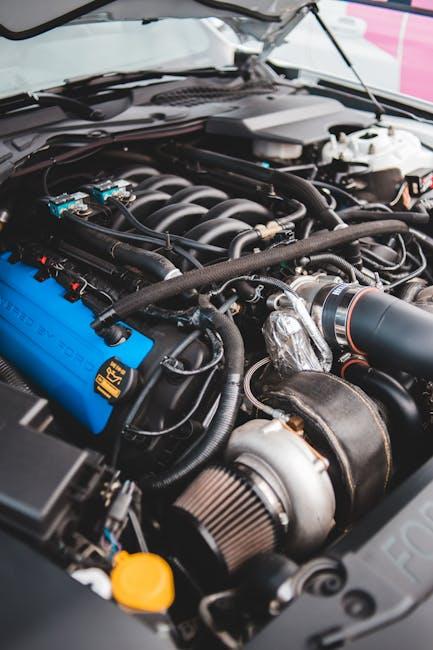
Understanding the Role of Your Car’s AC Filter in Cabin Air Quality
Your car’s AC filter plays a crucial role in maintaining the quality of the air that circulates inside the cabin. Acting as a barrier, it traps dust, pollen, mold spores, and other airborne contaminants before they enter the interior environment. This ensures that you and your passengers breathe fresher, cleaner air, greatly enhancing comfort during your drives. Moreover, a well-maintained filter helps your vehicle’s HVAC system run more efficiently by preventing dirt from clogging the air passages and compromising airflow.
Over time, however, the AC filter can become saturated with particles, which reduces its effectiveness and can even negatively impact your health and the longevity of your vehicle’s ventilation system. Regular inspection and timely replacement of the filter can prevent unpleasant odors, allergies, and potential respiratory issues. Here’s what to keep an eye on:
- Visible dirt buildup: If the filter looks dark or clogged, it’s time for a change.
- Reduced airflow: Struggling to get air through the vents can signal a dirty filter.
- Unusual smells: Musty or stale odors inside the cabin often mean trapped moisture or mold.

Signs Your Car’s AC Filter Needs Immediate Attention
Keep an eye out for noticeable changes inside your vehicle that signal your AC filter is struggling. A rapid accumulation of dust on your dashboard or windows fogging up more than usual can indicate your filter is clogged, forcing the system to work harder. If you find that unpleasant odors arise when the AC is on, it’s often due to trapped mold or bacteria accumulating in a dirty filter. These signs aren’t just nuisances; they can compromise air quality and strain your car’s HVAC system.
In some cases, drivers experience weak airflow or strange noises from the vent, which may be more than just a minor inconvenience. Reduced air circulation could mean that the filter is blocked with particles, diminishing the AC’s cooling efficiency. Pay attention to these symptoms for your own comfort and to prevent costly repairs. Below is a quick reference table highlighting common signs and their potential causes:
| Symptom | Probable Cause | Action Needed |
|---|---|---|
| Musty Smell | Mold Growth | Replace Filter Immediately |
| Diminished Airflow | Clogged Filter | Clean or Replace |
| Window Fogging | Air Circulation Issues | Inspect & Replace |
| Unusual Noises | Blockage or Debris | Check Filter & System |
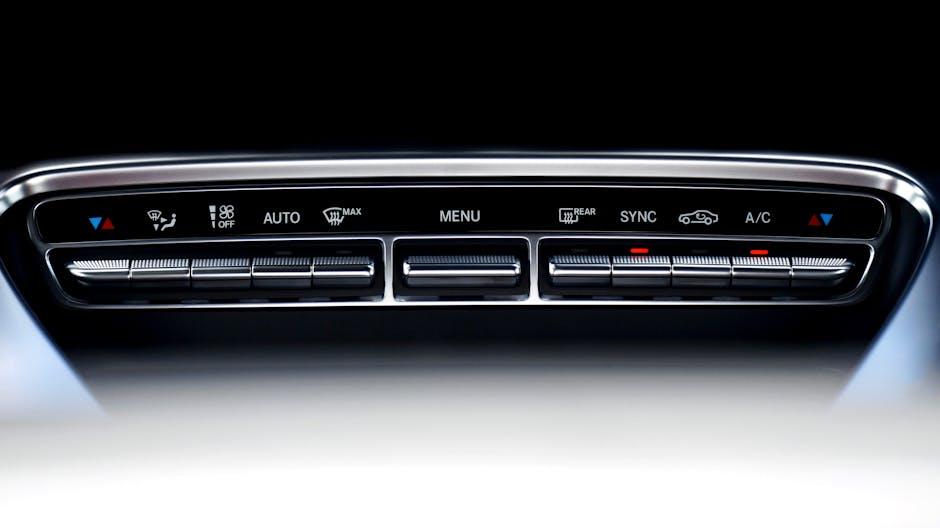
How Driving Conditions Influence Filter Replacement Frequency
Driving environments play a significant role in determining how often you should change your car’s AC filter. Urban areas, with their dense traffic and higher pollution levels, cause the filter to clog much faster due to the influx of dust, exhaust fumes, and particulate matter. Conversely, if you spend most of your time on open highways with clean air quality, the filter will typically remain effective for longer periods. Additionally, frequent stop-and-go driving or short trips where the air conditioning system runs continuously can accelerate the filter’s wear.
Other factors like weather and terrain also influence replacement schedules:
- Dusty or rural roads: Increase the accumulation of dirt and allergens inside the filter.
- Humid climates: Promote mold and bacteria growth, potentially degrading the filter faster.
- Snowy or salty regions: Introduce more corrosive particles, impacting air quality and filter performance.
| Driving Condition | Recommended Filter Replacement |
|---|---|
| City Traffic, High Pollution | Every 6,000 – 8,000 miles |
| Highway, Clean Air | Every 12,000 – 15,000 miles |
| Dusty or Rural Areas | Every 5,000 – 7,000 miles |
| Humid or Coastal Regions | Every 7,000 – 10,000 miles |

Choosing the Right AC Filter for Optimal Performance
Selecting the appropriate AC filter is crucial to maintaining your vehicle’s cabin air quality and ensuring your air conditioning system operates smoothly. When choosing a filter, consider the material, filtration efficiency, and compatibility with your car model. Filters made from activated carbon are excellent at absorbing odors and harmful gases, while HEPA filters excel at trapping fine dust and allergens, making them ideal for allergy sufferers. Always check your owner’s manual or consult with a professional to find the filter that best aligns with your driving environment and health needs.
To simplify your decision-making process, here’s a quick comparison of common filter types:
| Filter Type | Best For | Longevity | Cost |
|---|---|---|---|
| Standard Paper | Basic dust & debris removal | 3-6 months | Low |
| Activated Carbon | Odors & harmful gases | 6-12 months | Medium |
| HEPA | Allergens & fine particles | 6-12 months | High |
Choosing wisely helps your AC system breathe better, enhances air flow, and promotes a healthier driving experience while extending the lifespan of your vehicle’s HVAC components.
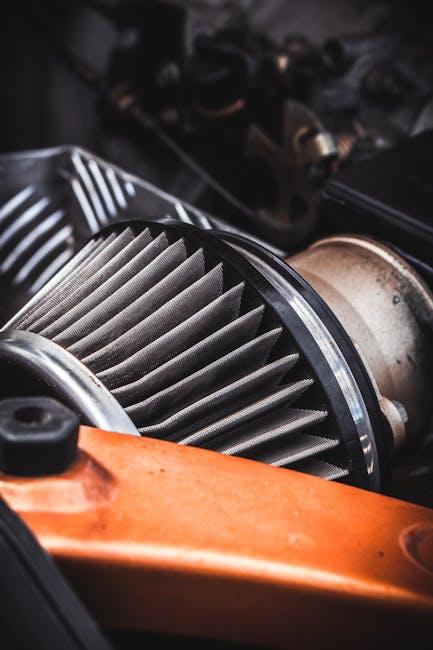
Step-by-Step Guide to Replacing Your Car’s AC Filter
Start by locating your car’s AC filter housing, usually found behind the glove box or under the dashboard. Before removing the old filter, make sure the engine is off and the key is out of the ignition for safety. Carefully open the compartment by unclipping or unscrewing the cover, then gently slide out the filter. Take a moment to observe its condition—if it’s thick with dust, leaves, or debris, it’s definitely time for a replacement. Remember, working slowly helps prevent damage to the housing or any delicate clips.
Once the old filter is out, clean the compartment with a damp cloth or vacuum to remove any loose dirt. Insert the new filter following the arrows that indicate airflow direction, ensuring it fits snugly without forcing it. Close the housing securely, and you’re good to go! To help you keep track, here’s a quick checklist of tools and tips:
- No tools needed in most modern cars; some might require a screwdriver
- Check your owner’s manual for the exact filter location and type
- Replace every 12,000 to 15,000 miles, or more frequently in dusty environments
- Wear gloves if you’re sensitive to dust and allergens
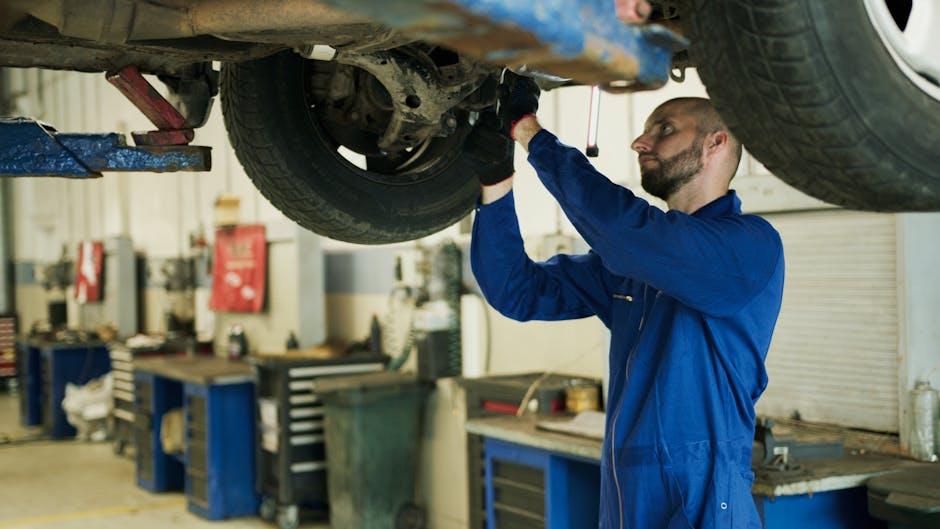
Maintaining Your AC System for Longevity and Efficiency
Taking care of your car’s AC system goes beyond simply replacing the filter. Regular maintenance ensures that the system operates smoothly and efficiently, prolonging its life span and saving you from unexpected breakdowns. To keep your AC in top shape, consider these simple yet effective routines:
- Clean the vents and air ducts: Dust and debris can accumulate, restricting airflow and reducing cooling performance.
- Check refrigerant levels: Low refrigerant causes the system to work harder, increasing wear and fuel consumption.
- Inspect belts and hoses: These components can become brittle or cracked over time, leading to leaks or failure.
- Schedule professional tune-ups: A certified technician can spot issues early and keep your AC running efficiently.
Being proactive with maintenance can also help you recognize when it’s time to replace key components before they cause major issues. Here’s a simple guide to how often you should typically change your AC filter based on driving conditions:
| Driving Condition | Recommended Filter Replacement Interval |
|---|---|
| Normal city/county driving | 12,000 to 15,000 miles |
| Dusty/off-road environments | 6,000 to 8,000 miles |
| Heavy traffic/stop-and-go | Every 10,000 miles |
| Frequent highway driving | Up to 15,000 miles |
Q&A
Q: What is a car’s AC filter and why does it matter?
A: The AC filter, often called the cabin air filter, acts like a barrier that cleans the air entering your car’s interior. It traps dust, pollen, and other pollutants, ensuring the air you breathe inside your car stays fresh and healthy.
Q: How often should I replace my car’s AC filter?
A: While manufacturers typically recommend changing the AC filter every 12,000 to 15,000 miles or once a year, the exact timing can vary. Factors like driving conditions, weather, and air quality around you can influence how quickly your filter wears out.
Q: What are the signs that it’s time to replace the AC filter?
A: If you notice reduced airflow from your vents, unpleasant odors, increased dust inside the cabin, or your defroster isn’t working as efficiently, your AC filter could be clogged and in need of replacement.
Q: Can I drive without replacing a dirty AC filter?
A: You can, but it’s not advisable. A clogged filter reduces air quality and strains your car’s HVAC system, possibly leading to more costly repairs down the line. Your breath of fresh air deserves better.
Q: Is replacing the AC filter something I can do myself?
A: Absolutely! Many cars have easily accessible filters tucked behind the glove box or under the dashboard. With a bit of guidance from your owner’s manual, a new filter, and minimal tools, you can keep your cabin air fresh and clean.
Q: Does climate affect how often I should replace the AC filter?
A: Yes. If you live in an area with heavy pollen, dust storms, or pollution, you might want to replace your filter more frequently, perhaps every 6 to 9 months, to maintain optimal air quality inside your car.
Q: What happens if I ignore replacing my car’s AC filter?
A: Ignoring a dirty filter can lead to poor air circulation, foul smells, and even HVAC system damage. Plus, for allergy sufferers, it can mean more sneezing and discomfort every time you hit the road.
Q: Can a dirty AC filter impact fuel efficiency?
A: Indirectly, yes. When the HVAC system struggles to push air through a clogged filter, it works harder, potentially consuming more energy. While the effect on fuel isn’t massive, keeping the filter clean helps your car run smoothly.
Q: Are all AC filters the same?
A: Not quite. Filters vary by material, filtration efficiency, and price. Some high-end options offer enhanced protection against allergens and pollutants. Choosing the right filter depends on your needs and your car’s specifications.
Q: What’s the best way to remember when to replace my AC filter?
A: Make it part of your regular maintenance routine—schedule it alongside oil changes or tire rotations. Setting a calendar reminder or jotting it down in your car’s service log can help, too. Fresh air is worth the effort!
Final Thoughts
In the end, your car’s AC filter is like a quiet guardian working behind the scenes—keeping the air crisp, clean, and comfortable as you drive. Knowing when to replace it isn’t just about maintenance; it’s about preserving the very breath of your vehicle’s cabin. By staying attentive to your filter’s condition, you ensure that every journey, whether short or long, remains a fresh and pleasant experience. So, listen to your car, check the filter regularly, and give it the timely refresh it deserves—because sometimes, the smallest change can make the biggest difference in how you feel on the road.

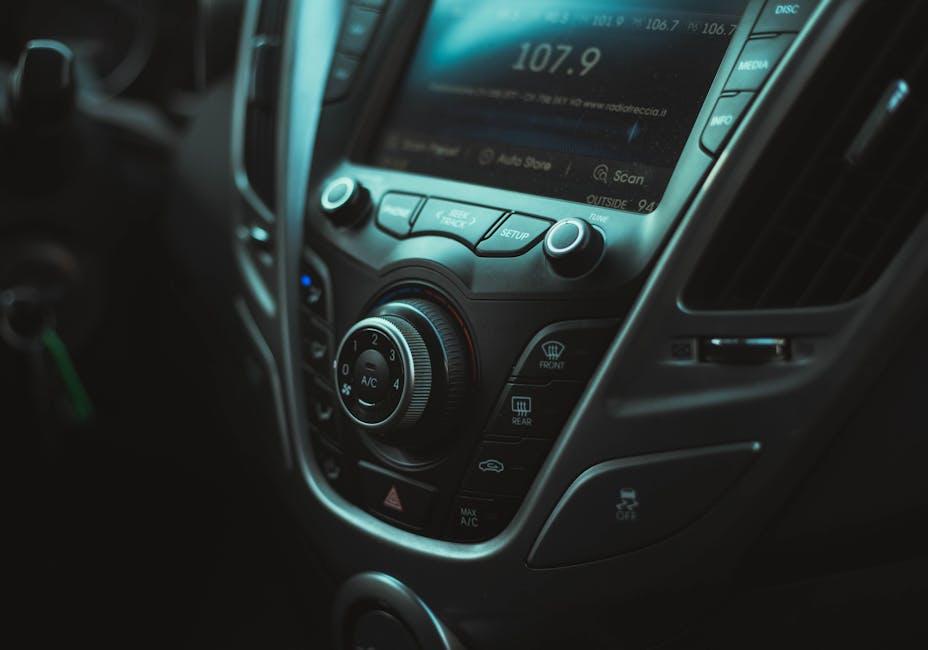
4 Comments
0ascv6
0ascv6
f3xhql
l5lcmi